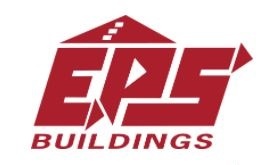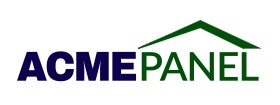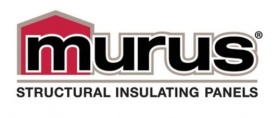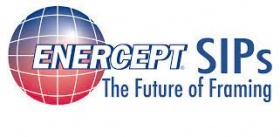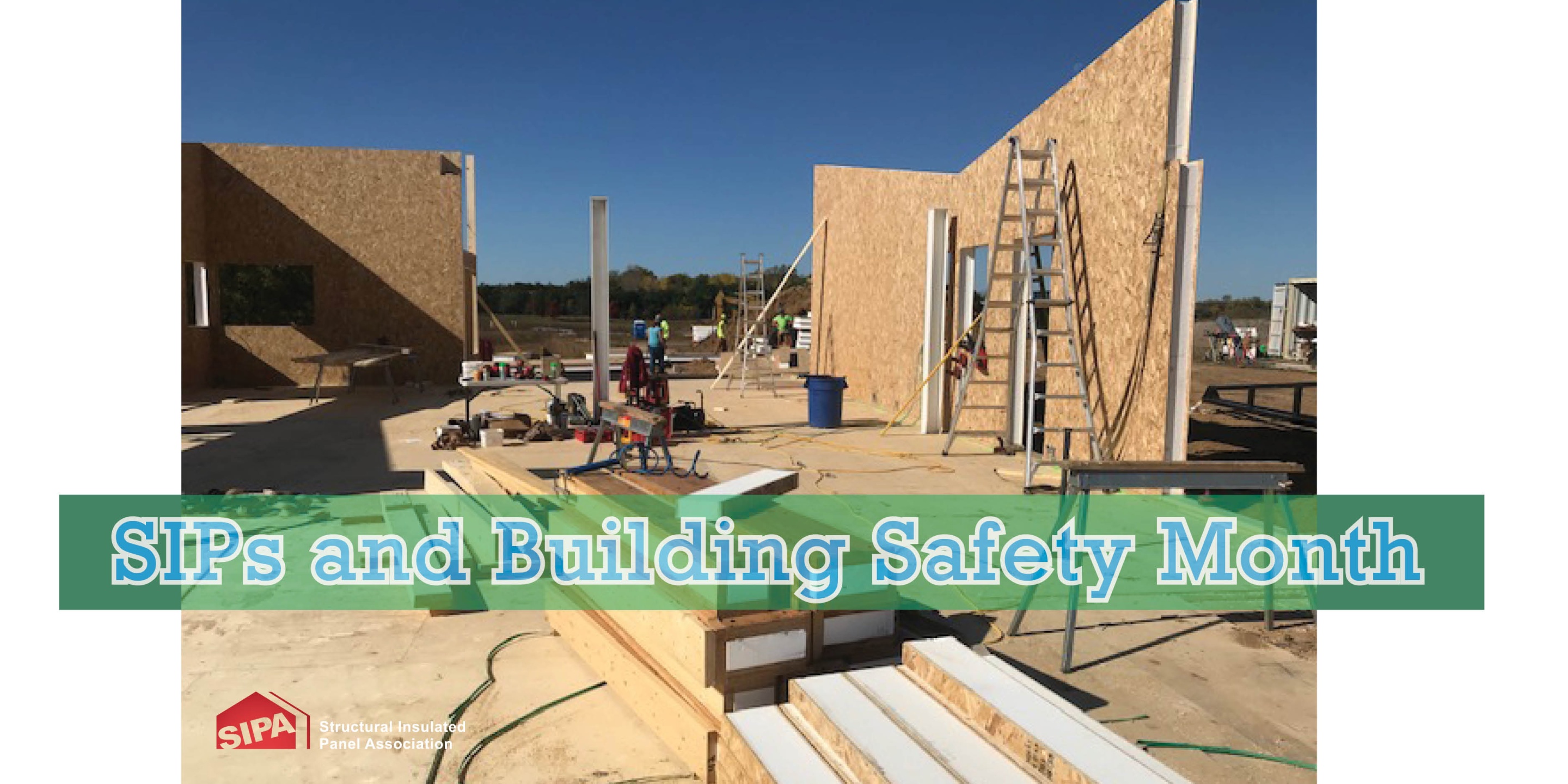
SIPs are the place to start for soundly built, healthy structures. Since May is recognized as Building Safety Month, SIPA will be contributing to the conversation with two complementary and key benefits to the SIP building envelope: speed of construction and resilience. These significant benefits are deeply intertwined with #buildingsafetymonth and the weekly themes highlighted by the International Code Council (ICC). The added value in speed and strength characteristics contributes enormously to the energy efficiency and building code achievements of a SIP structure.
Week 1 – Energy & Innovation
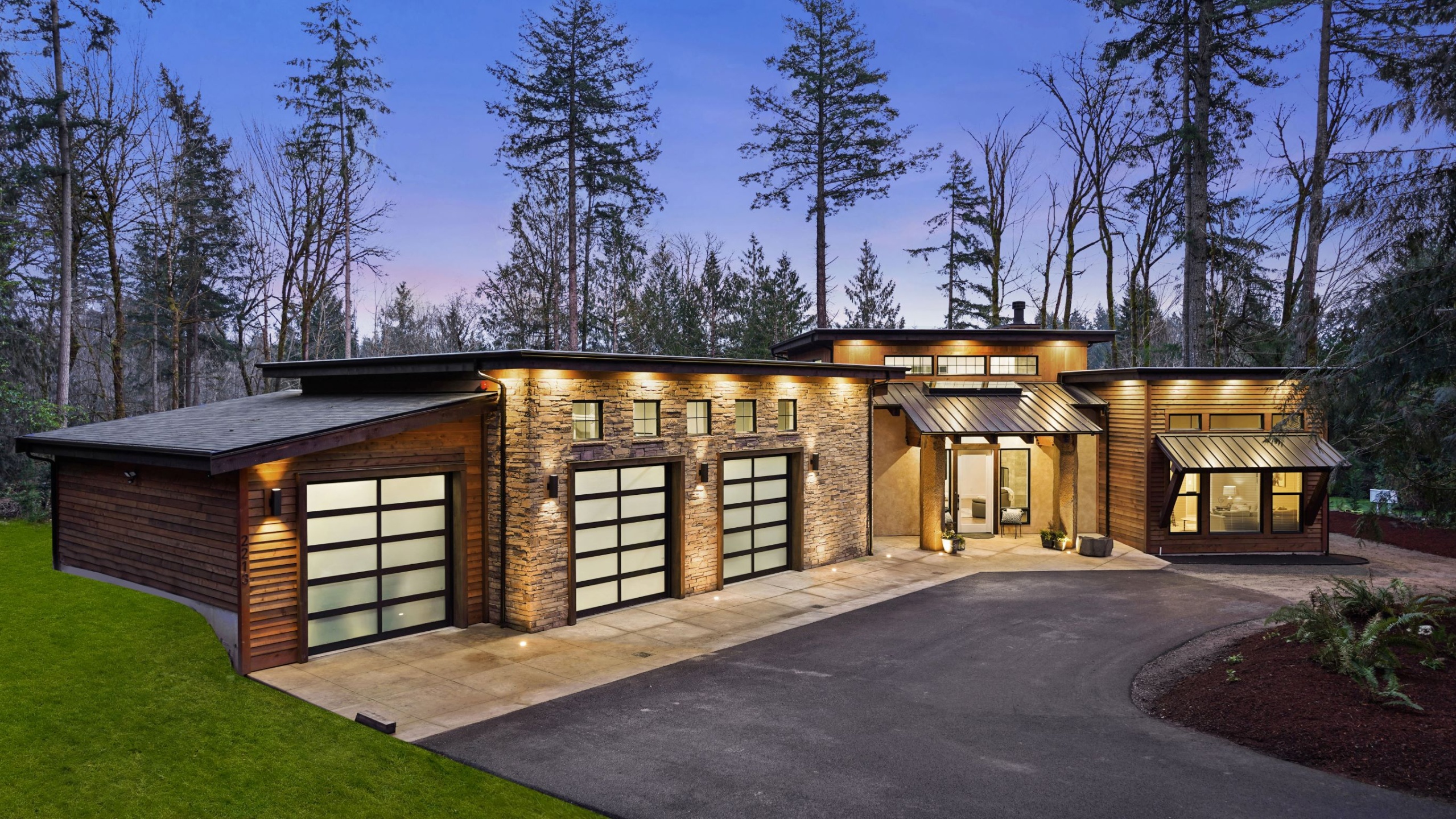
Panelized and offsite construction are recognized green building practices with an abundance of other advantages. Structural insulated panels allow builders to have better control over project budgets, minimize jobsite labor needs, and quickly construct projects. The simple concept of speed of construction (SoC) is interconnected to every other factor contributing to builder and jobsite logistics. Builders, architects and owners all obsess over the bottom line and SoC is one way SIPs conserve project funds while still surpassing the IECC 2021 building codes and energy performance standards.
This Gig Harbor, WA SIP residence is a testimony to SIP SoC, reporting five days to install the whole project (SIP walls and roof). The builder specifically cited savings in labor, fewer trades and, of course, the expected energy savings.
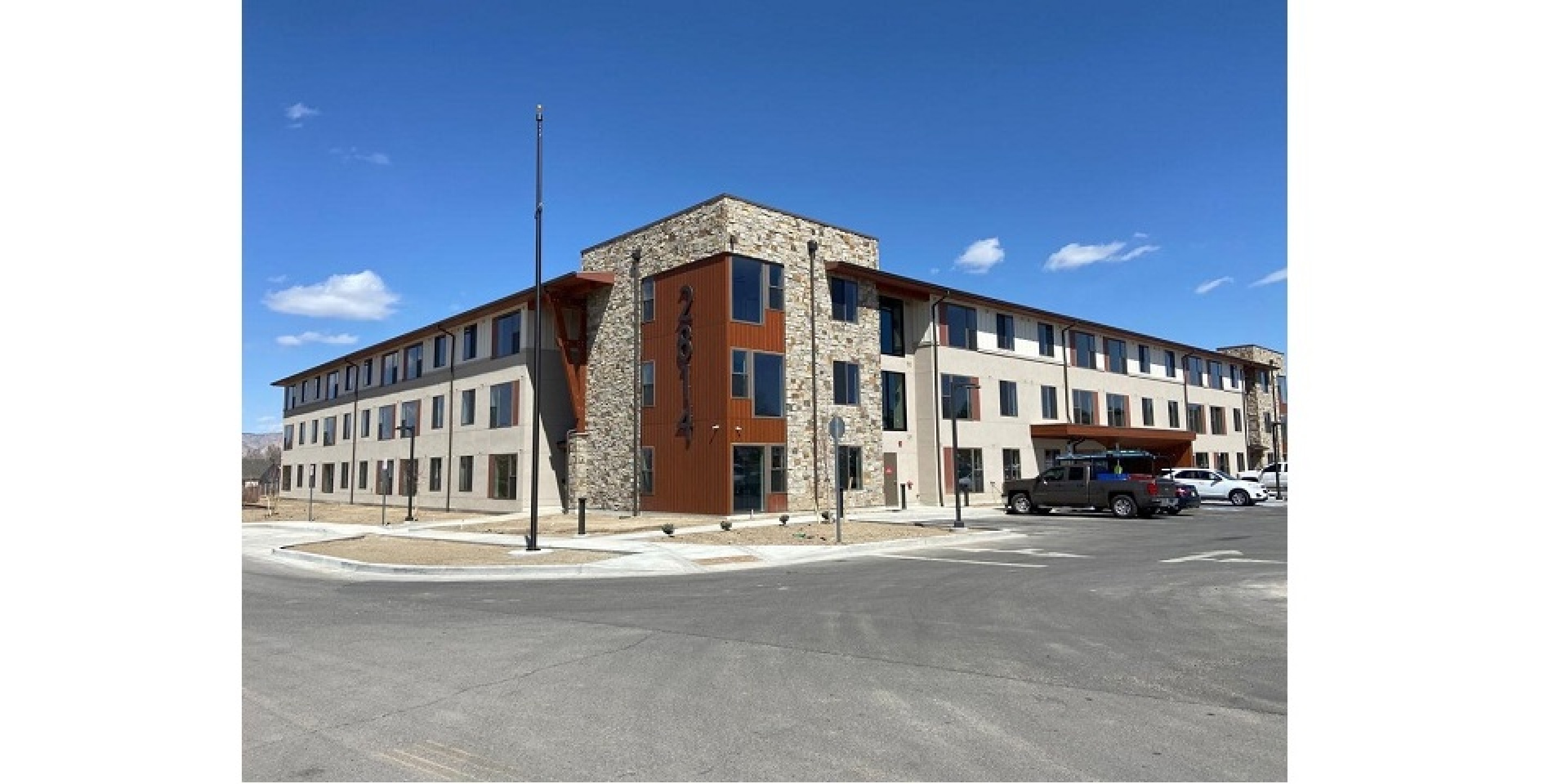
While SoC is a key advantage to panelized construction, SIPs go the extra mile eliminating crowded jobsites and minimizing time on the jobsite. This 3-story SIP apartment complex spanning over 61,000 sq. ft. was installed in 14 business days as the manufacturer coordinated delivering the SIPs with pre-installed lumber wherever possible (i.e. ready-to-assemble). The builders stated the job was completed in about one-third the anticipated time and required less onsite supervision and no specialized tools. These 60 apartment units were made available to the Grand Junction, CO community quickly without sacrificing quality in design.
The 2021 HERS Index Score national average was 58 whereas a SIP building envelope easily provides zero-energy ready homes with HERS scores below 45. This is resounding praise for the low air leakage design of SIPs as well as the SoC and quality that go hand-in-hand.
Week 2 – Building Safety Careers
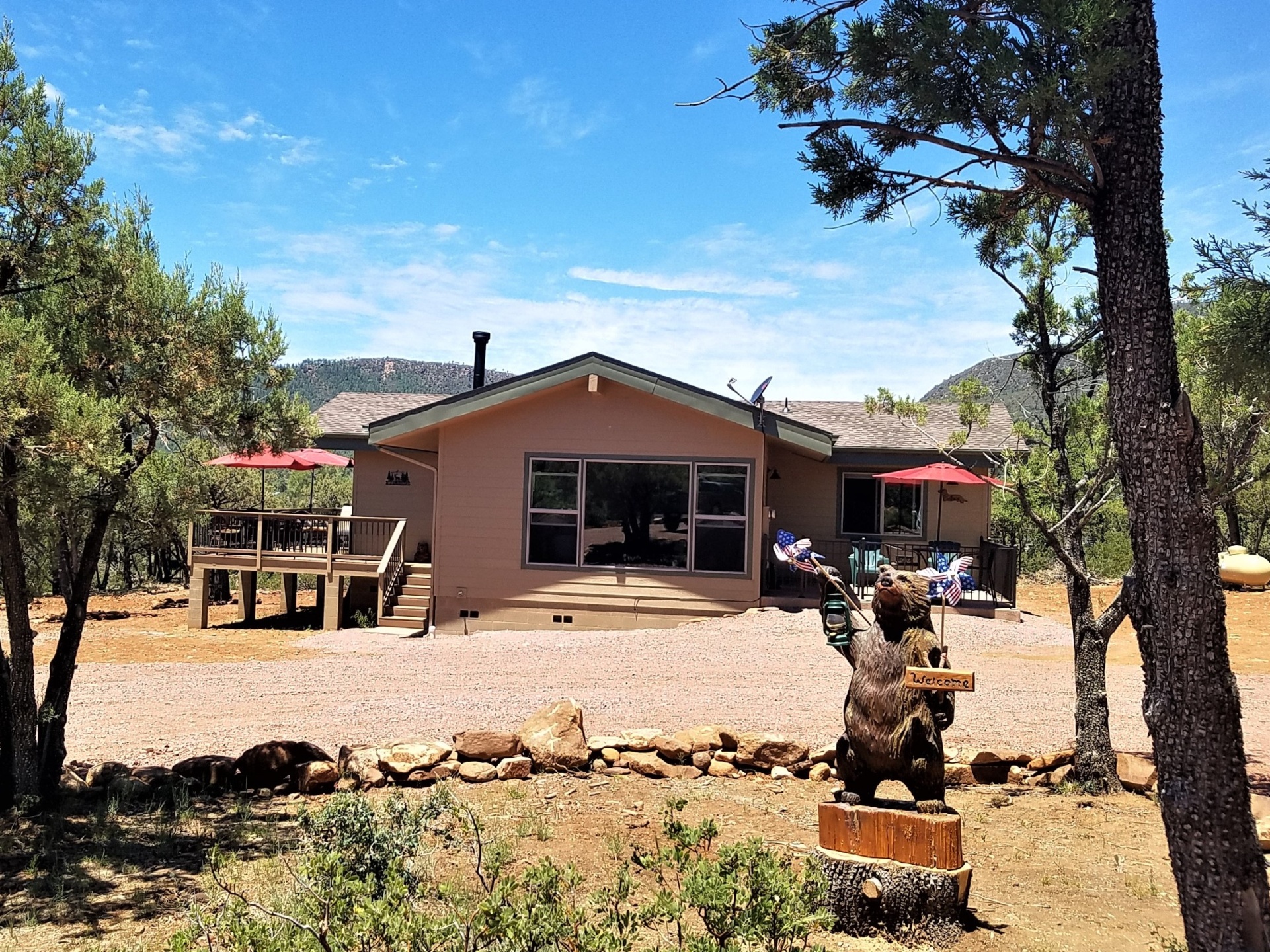
Code officials and energy performance raters are in high demand as local and state municipalities adopt more eco-friendly building codes. Along with these increased standards, builder knowledge and training are crucial to a safe jobsite and a sound structure. Luckily, SIPs don’t require veteran SIP installers to get it right the first time. The entire exterior SIP envelope (roof, walls and floors) of this Pine, AZ SIP family home were completed in less than one week by a team of first-time SIP builders. Learning SIP construction is building science, not rocket science. Empower your crew today with SIPA’s builder education courses.
Week 3 – Disaster Preparedness
A primary way humans can prepare for new weather patterns is by choosing a resilient and durable shelter. This concept isn’t always a choice for renters and homebuyers who must accept what the market is offering, which is why the responsibility falls on building professionals. With SIPs, the industry can minimize impact on the environment while having a positive impact on comfort, safety and energy performance. Our built environment – specifically the materials we choose when creating from scratch or renovating – can walk that proverbial tightrope benefiting the environment, building professionals and occupants.
In collaboration with ICC NTA, ICC offers product testing on building materials by simulating storm-like conditions. The Hurricane Missile Impact Test is one that hurls a 2x4 piece of lumber towards a building product to test its durability and resilience to impact. Tested with lumber speeds ranging from 100-200+mph, SIPs earned the 2020 Florida Product Building Code Approval for High Velocity Hurricane Zones for both walls (report FL28131-R1) and roofs (FL30056-R1). For more information, visit our blog SIPs and the Hurricane Missile Impact Test.
Earthquakes and wildfires zones are additional locations where SIP technology is especially beneficial. A SIP structure can be designed for all earthquake seismic zones A-F. Read Technical Bulletin No. 11 for more seismic loading information. Additionally, complete SIP envelopes don’t have ventilated attics, so they won’t suck up embers from forest fires. This simple structural feature makes them less likely to catch fire, thus protecting neighborhoods and occupants threatened by wildfires.
Week 4 – Water Safety
Communities can curb waterway contaminants and building waste by choosing a more sustainable product in SIPs. It’s an unfortunate reality that waste disposal directly impacts our waterways; however, another advantage to building with SIPs is the reduced waste both during the manufacturing phase and at the jobsite. Building, plumbing and green codes help guard our potable water for future generations through proper construction, conservation and safe disposal.
Did you know?:
· About 85-90 percent of a log in the fast-growing, underutilized wood species grown for OSB (oriented strand board) can be used for SIPs. The remainder can be converted into energy pulp chips or bark dust.
· Perhaps the most holistic recycling practice among SIPA manufacturers is creating high recycle content (HRC) from SIP cutoffs. For example, foam core molds are cut to meet project design specifications and those scraps are recycled. Keep a good pulse on our blog as we explore HRC usage among SIPA members in a future feature.
· … click here for more upcycling SIP facts.
SIPs are a leading green building envelope technology. Their speedy construction has the potential to offset traditional stick-frame labor needs and additional costs without sacrificing diligence in meeting building codes. The strength of SIPs has been time and laboratory tested, providing the industry with a trusted choice. Build high-quality, resilient SIP structures with 21st century project timelines.



